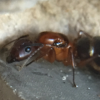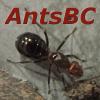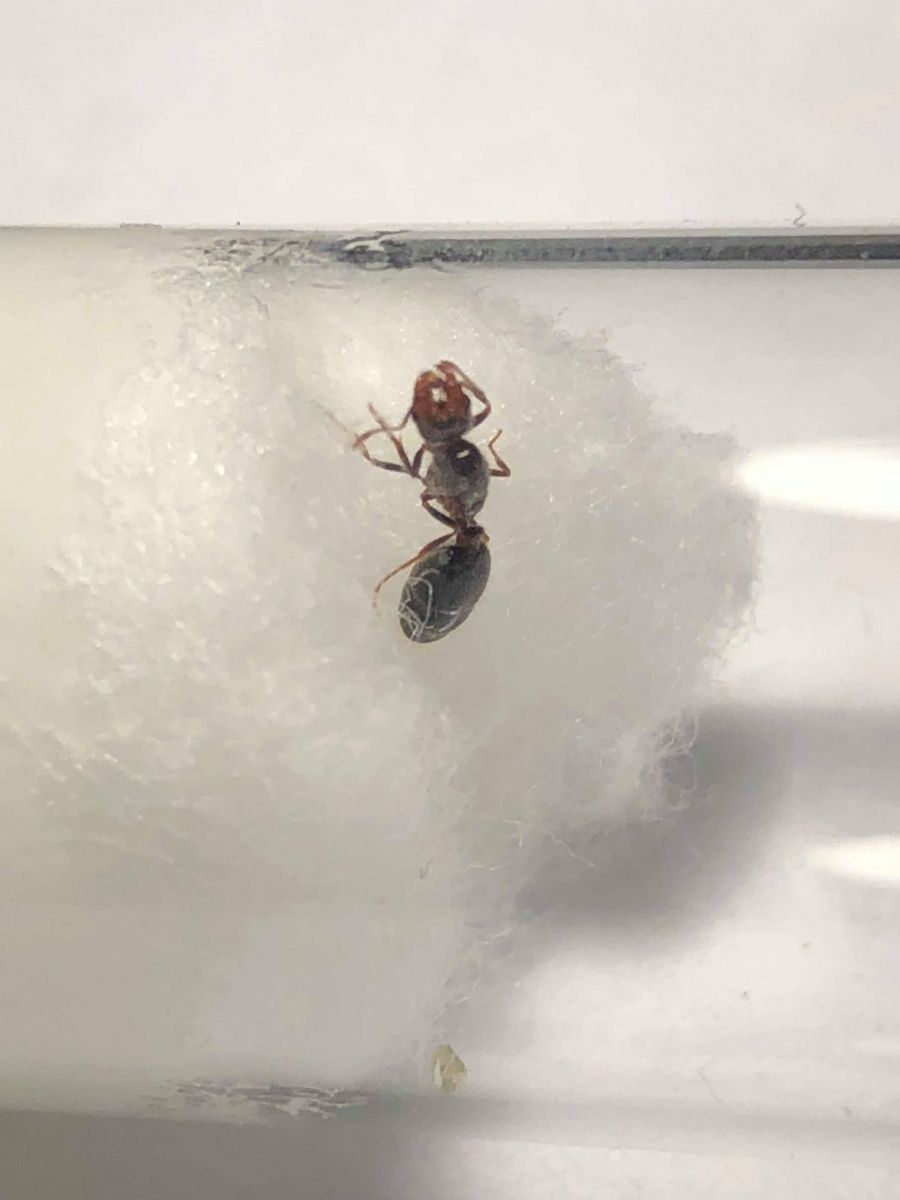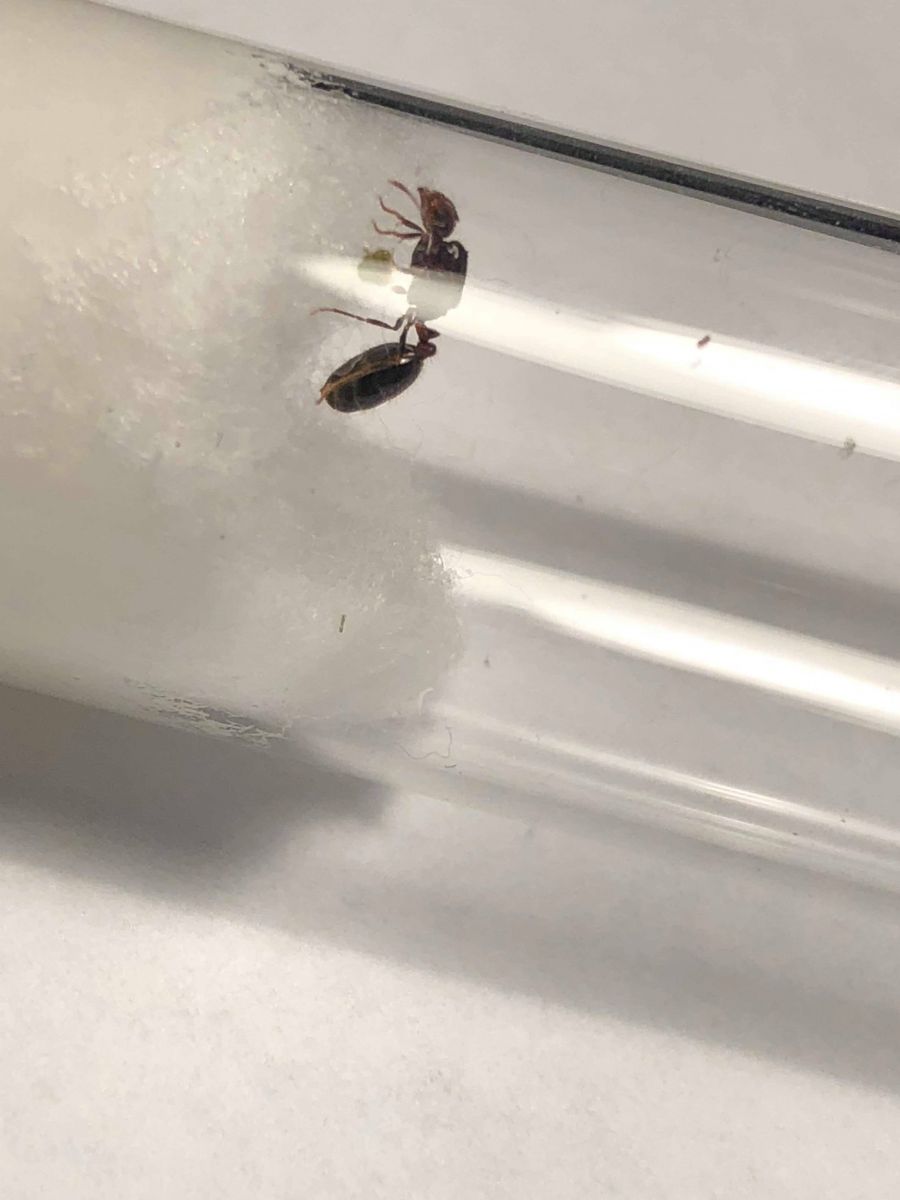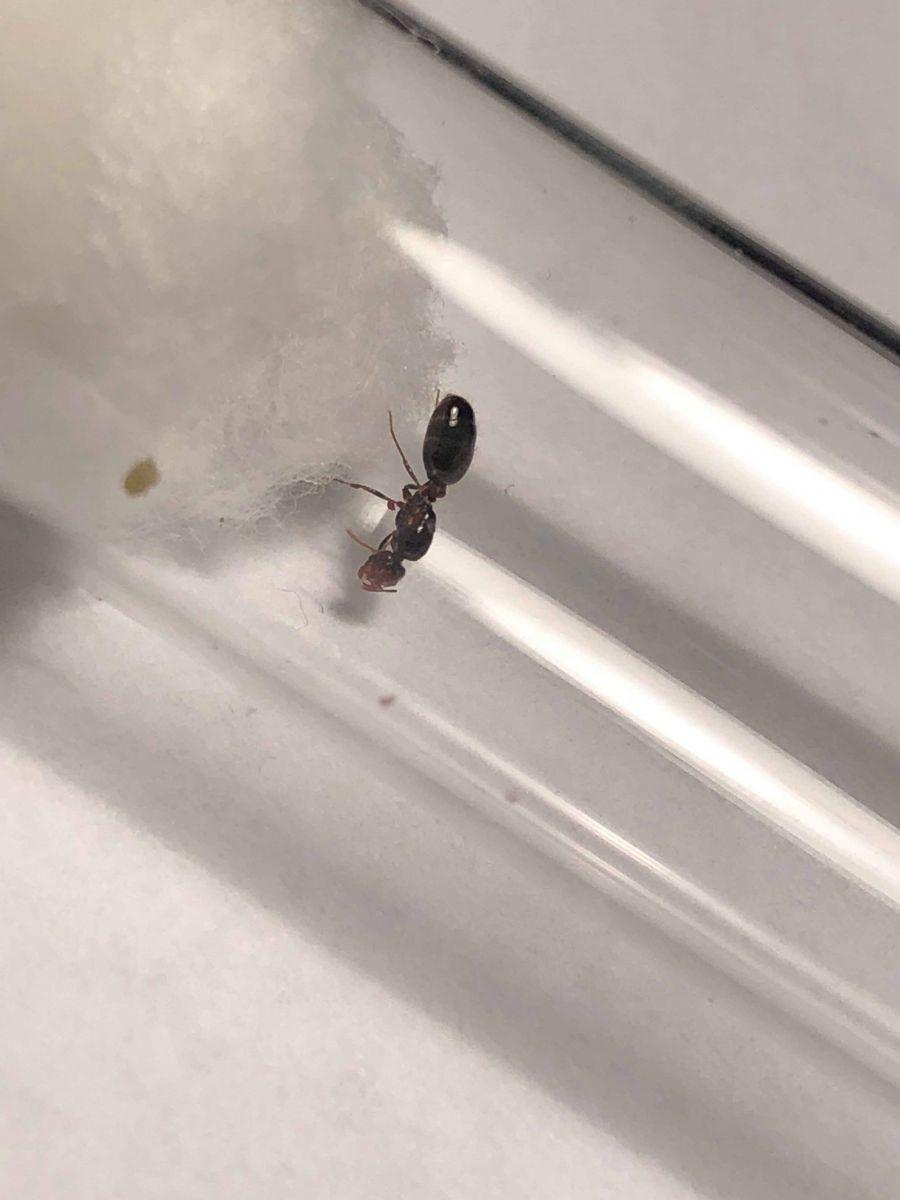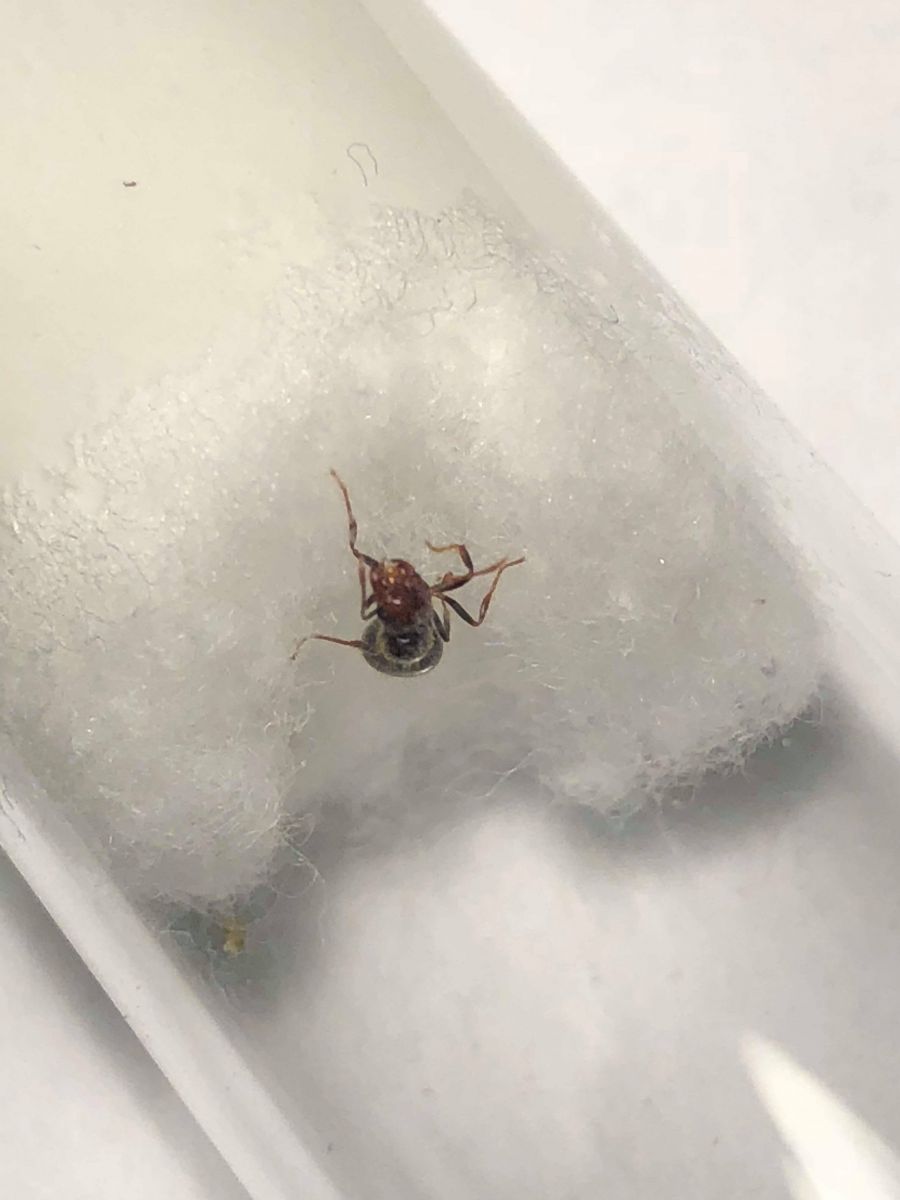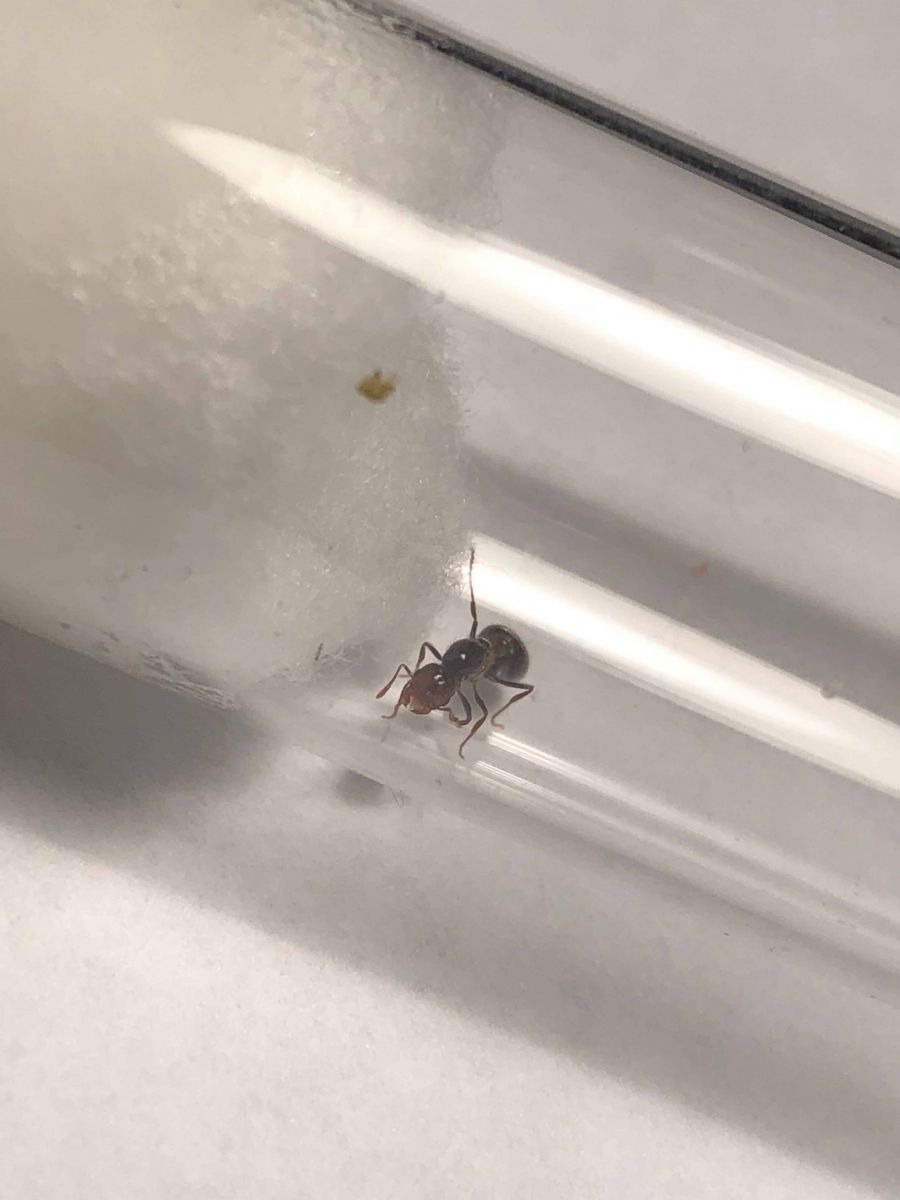I collected eight or so queens in a city park in Tucson, AZ around 8am the morning of 7/13/18. I found them all walking around on the sidewalk, where many colonies were already established and large. I believe I caught one Tetramorium queen and several Solenopsis queens. I'm hoping for species-specific IDs.
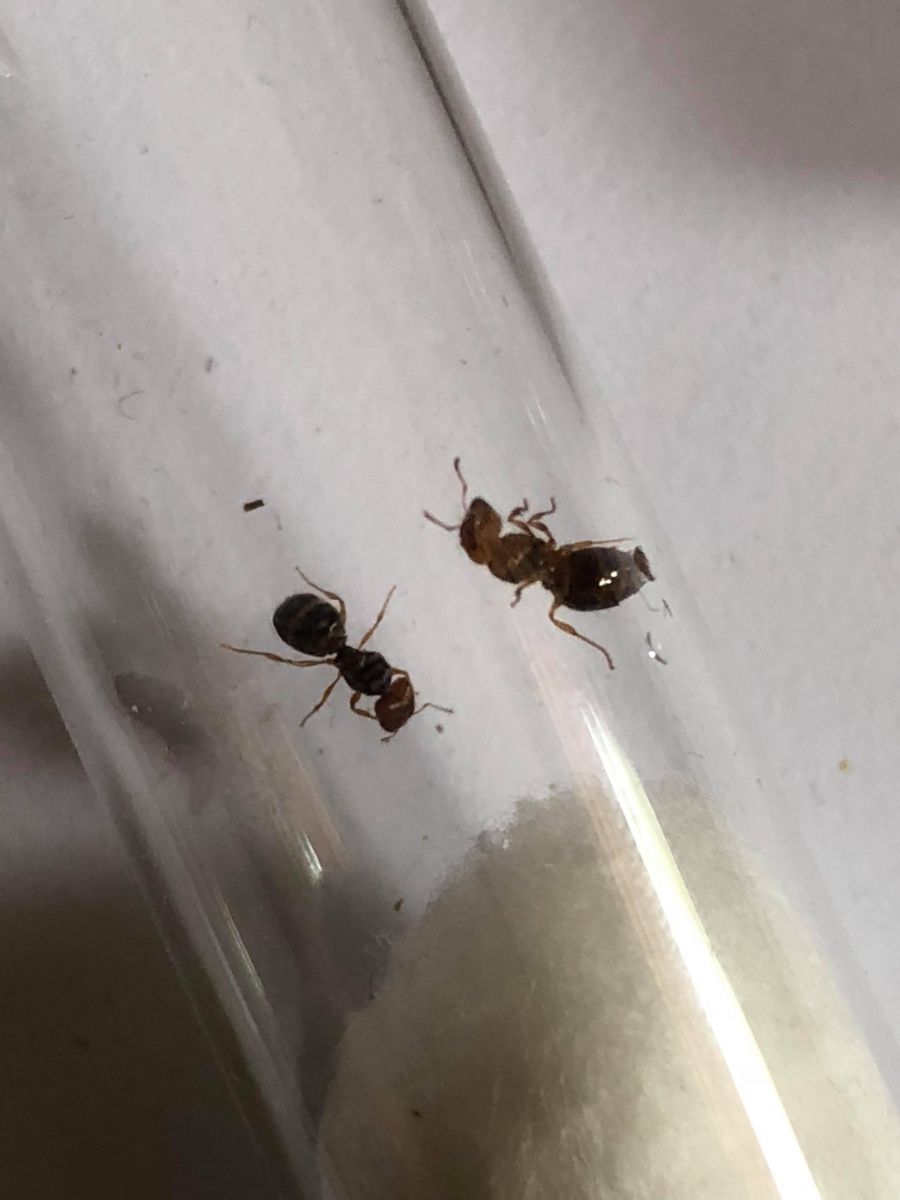
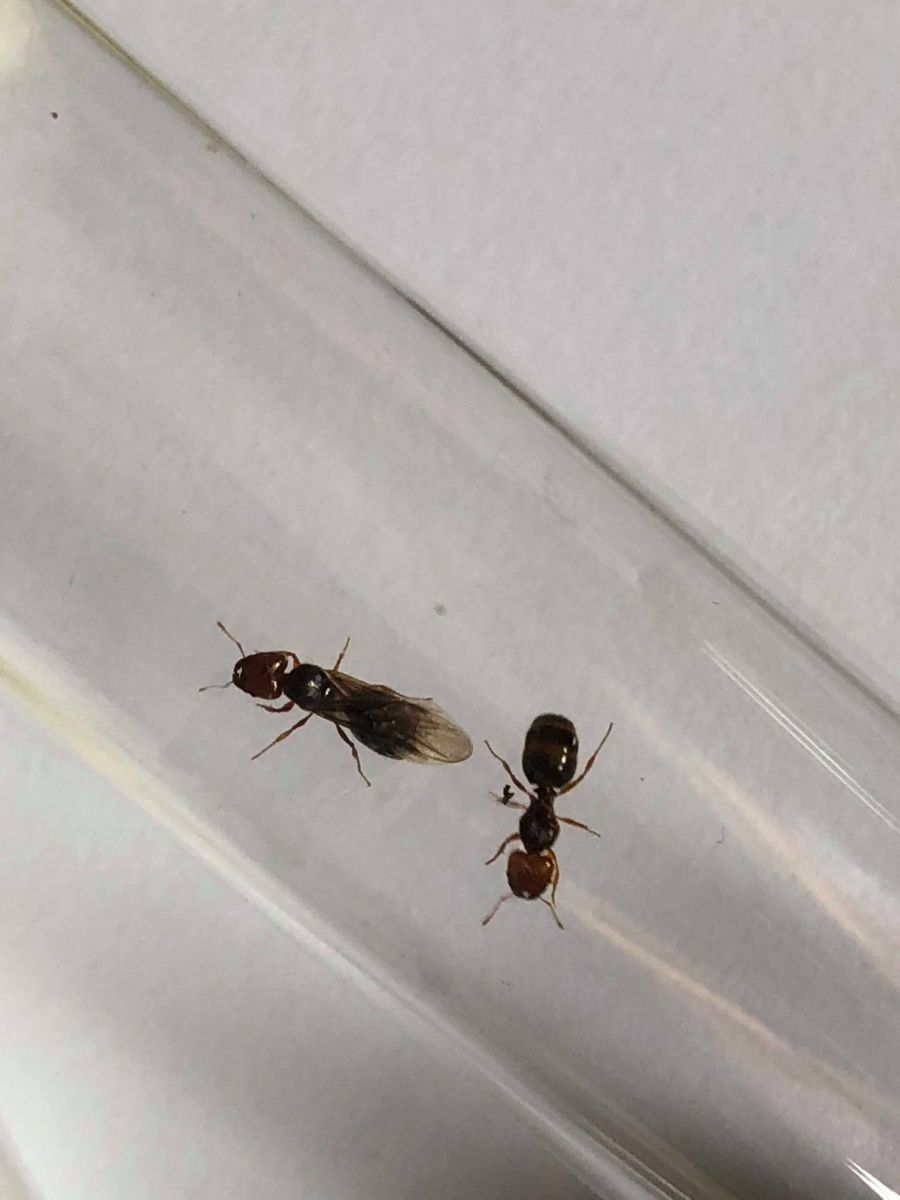
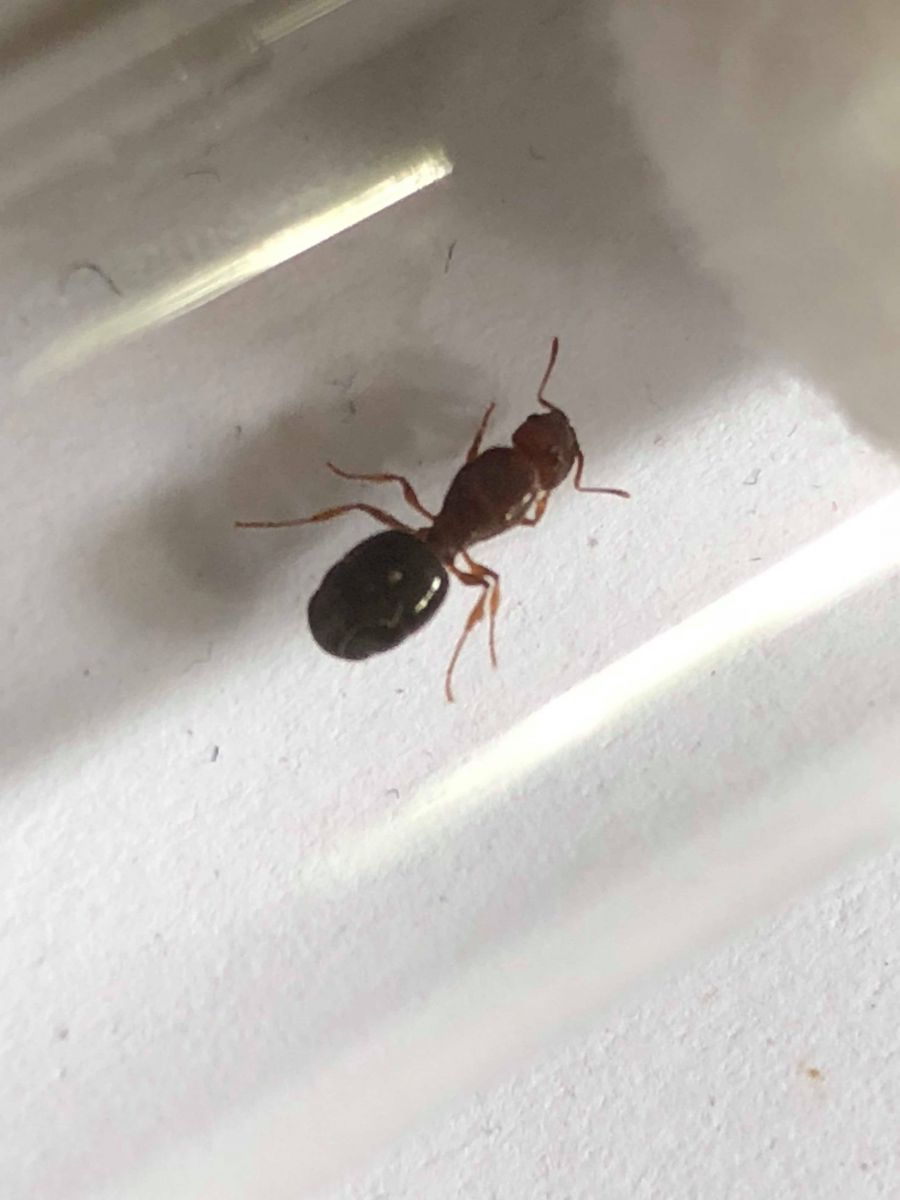
These solenopsis queens are dark matte red on the head and thorax and dark brown/black on the gaster. Most of them has some gold stripes on the underside of her gaster. The queen in the last photo has no stripes on her gaster and has a darker head and thorax than the others. They all have triangular heads and two petiole nodes. I housed some of them together and they aren't aggressive towards other queens. What are the distinguishing characteristics among southern Arizona ant species?
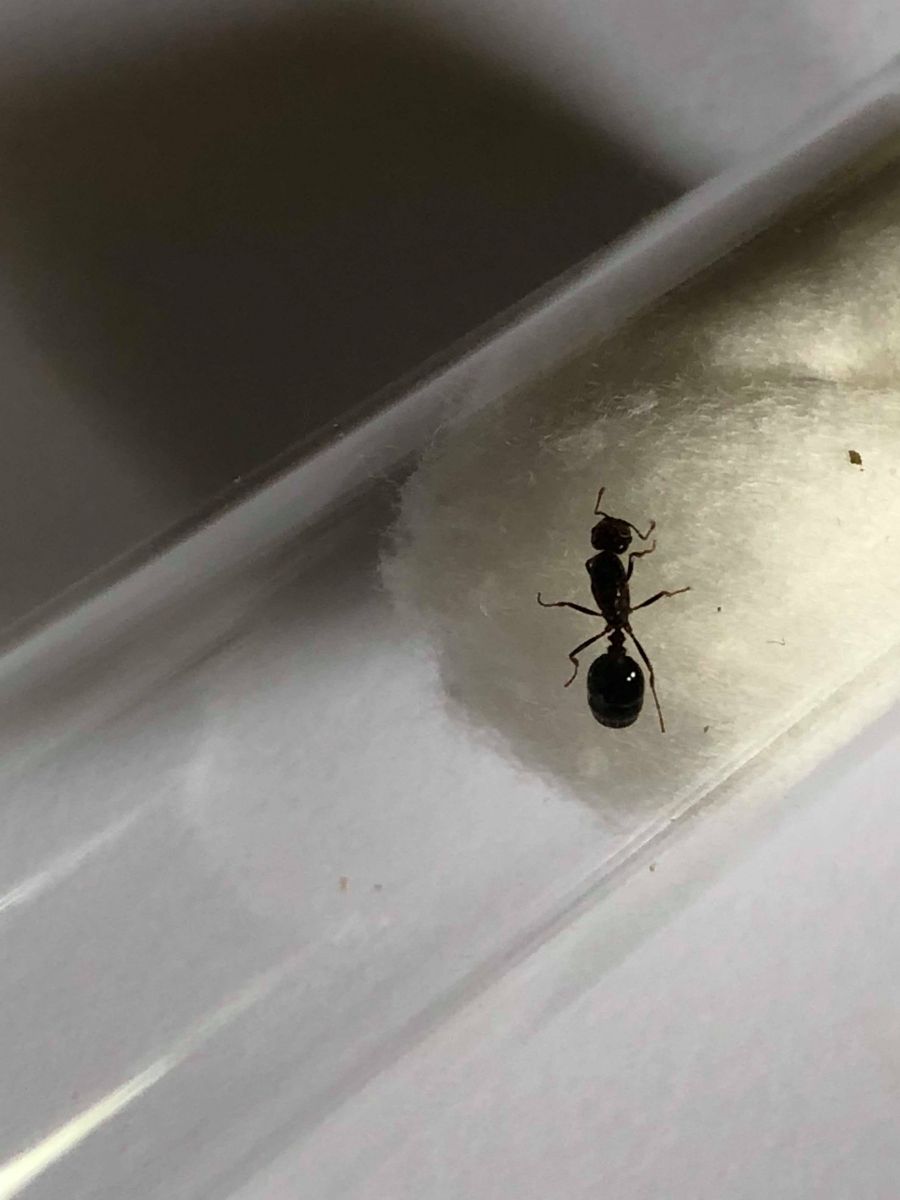
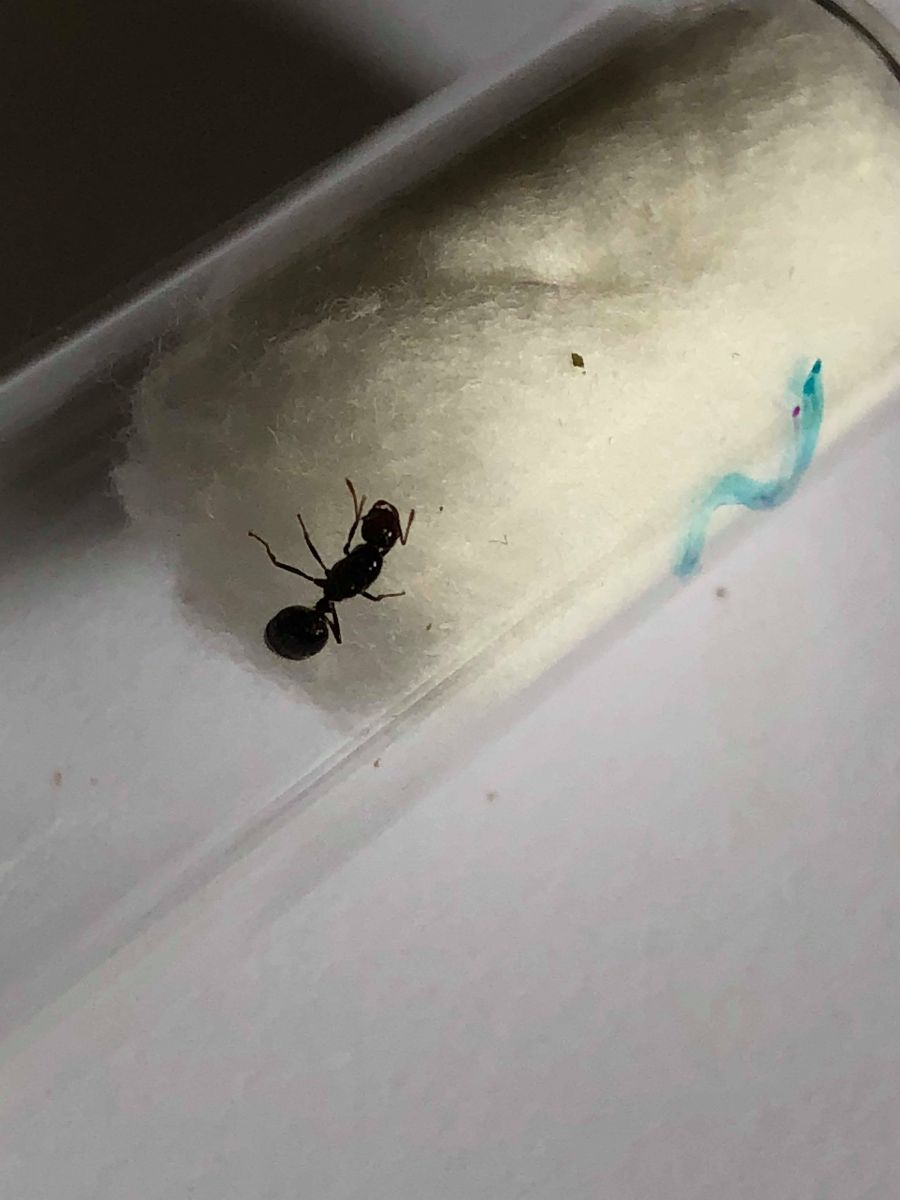
This is the Tetramorium. She's shiny all over and has a circular dark brown head with black thorax and gaster. No noticable spines. Two petiole nodes. She laid an egg within 30 minutes of being placed in the test tube, but has been pulling at the cotton almost constantly since.
Any ideas about the species of these ants?




